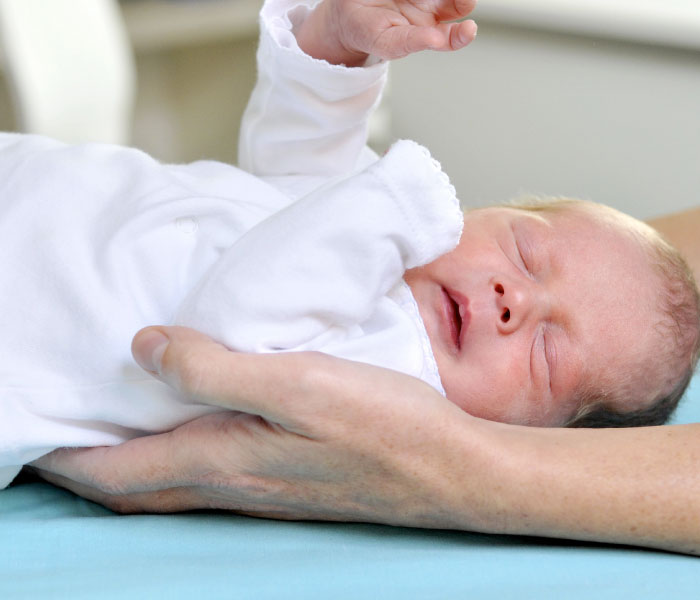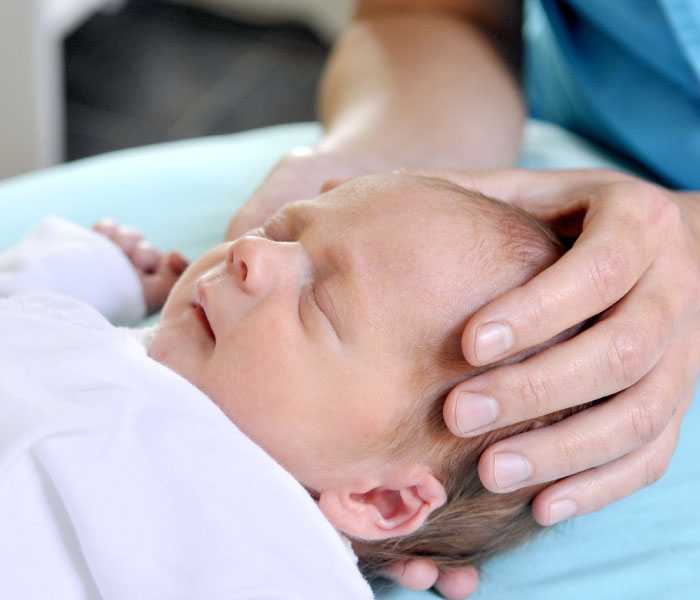
Newborns and babies
Birth is one of the most stressful events in our lives. The baby is subjected to great forces at the time of delivery: the uterus pushes to expel the baby and the birth canal exerts resistance.
Baby has to turn and twist their way through the bones of the pelvis of the mother.
In addition, there are measures to force uterine contractions and sometimes medication and external thrust forces.
The head contains the baby’s nervous system; during the delivery the skull is molded or distorted, since it is compressed through the birth canal, and many babies are born with a strange shaped head.
In the early days, the skull can improve its shape and it will relieve the tension by suction, weeping or the yawns of the baby.
However, this process is often incomplete, especially if the birth has been long and difficult. It is then, when the body has to compensate and adapt these tensions as it unfolds.
This means that the affected tissues grow up distorted and that the system goes losing its homeostasis (overall balance of the body).
When osteopaths examine the babies, they often find tension in the spine and the skull and that is indicative of the baby feeling uncomfortable.
A baby cannot complain of back pain or headache, and generally babies express themselves crying, being restless and irritable and hard to get to sleep.
After the osteopathic treatment, it can be seen an improvement in the colicky infant, decrease irritability and sleep habits, so the baby is calmer and happier.
As the child grows older the effects of a difficult birth can make the child more vulnerable to health problems.
Asymmetry in the head, the neck and the body can lead to postural imbalances (scoliosis, congenital torticollis…) and to unrest or tightness in the muscle-skeletal system.
This makes the child more restless.


